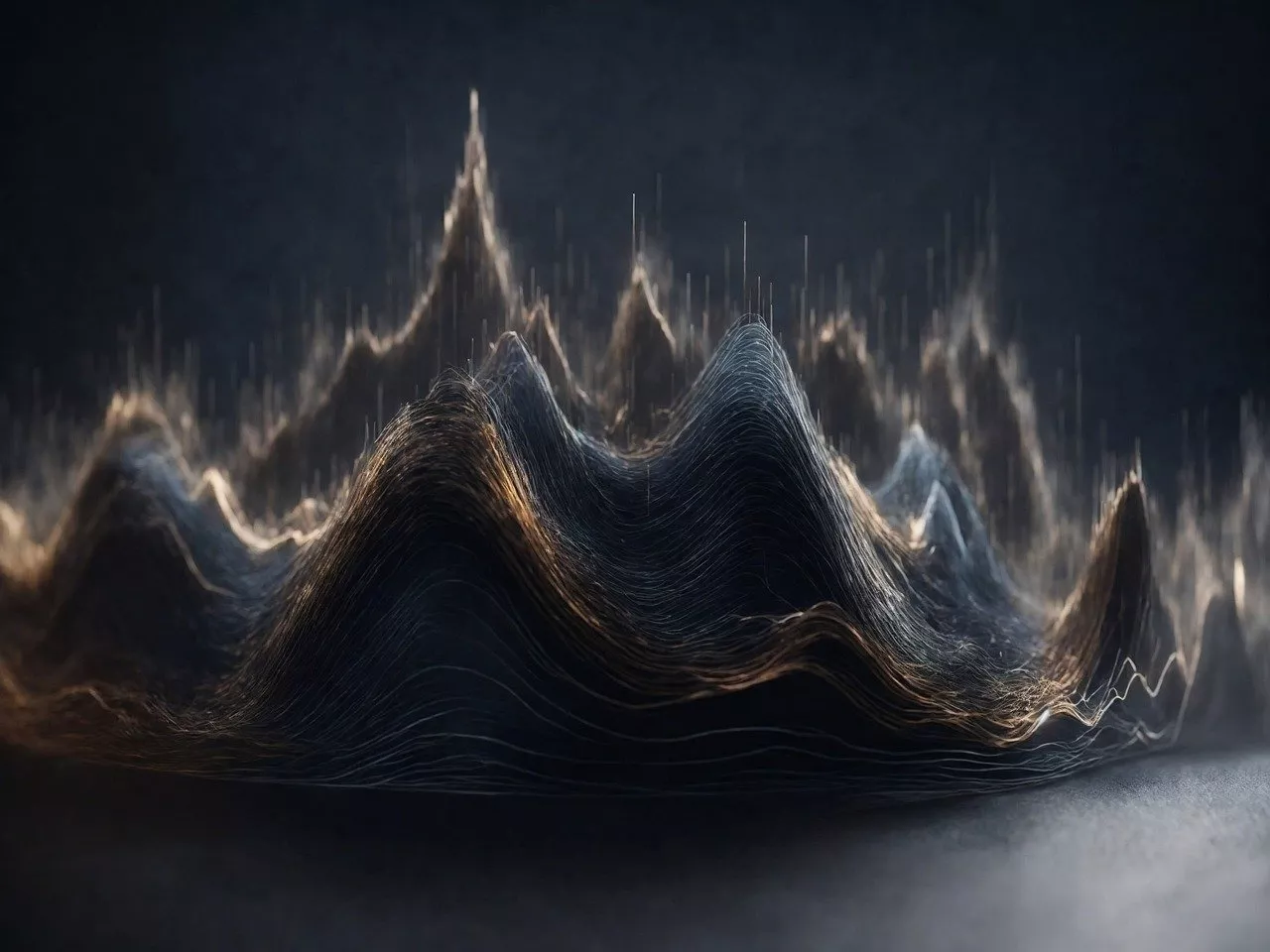Artistic Research in Music
The discipline of Artistic Research in Music attempts to study the complexity of real-world artistic production and practice.

The strength of this programme resides in the experimental attitude towards how art creation and research impact one another. Further, we study how technical tools can acquire epistemic status and impact the semantic underlay of the creative output. Such dialectics between epistemicity and technicity is at the inner core of an experimental system; it is its driving force.
Our research areas and projects
MUSense is an international collaborative project between music schools, funded by the European Commission's Erasmus+ programme. The aim is to stimulate innovative artistic development in higher education in music, by exploring how digital resources can be used in new forms of musical performance.
The project has the following objectives, among others:
- To develop innovative models, educational content and expertise in cyber and distance performance.
- To offer students and teachers in higher education in music new tools for mixed live and remote performances, where the audience is invited as an active participant.
- To strengthen sustainable future entrepreneurship through digital resources in the field of music.
Within the framework of MUSENSE, Peter Spissky and Sara Wilén from Malmö Academy of Music are conducting a number of small-scale international artistic research and education projects in the field of early music and improvisation. Together with students, teachers and researchers, they are conducting live digital pilot sessions focusing especially on online musical interaction.
- Project duration: 2022-01-01 - 2024-12-31
- Contact persons: Peter Spissky and Sara Wilén
The Performance Centre introduces psychological methods found in performance, music psychology and sports psychology to the participating students. Malmö Academy of Music is one of the few music institutions in the world that applies music psychological research to music students. However, it should be added that the centre does not provide therapeutic treatment.
A central part of the Performance Centre is the course The Performing Human Being, which forms part of the master's programme for musicians. The course aims to provide psychological knowledge about how we function on stage and as performers. The course includes lectures, seminars and group work, and is based on the students' active participation, reflections and input. There is an opportunity for the participants to raise specific problems, situations or other questions about the topic that the group then works on. Students are also encouraged to bring their instruments.
Learn more about the Performance Centre
- Contact person: Francisca Skoogh
The Extra-Normal Voice Research intersects with music composition, performance, pedagogy/voice training with vocology and voice science. Outputs include new compositions with world premieres, published articles, development of training methods and scientific study.
Contact person: Michael Edgerton
This research project deals with ultrasonic singing in humans and is carried out in cooperation with singer Mimmi Rosendahl and scientist Christian Herbst. Colloquially ultrasonic singing is known as hiss due to the appearance of relatively high air noise while producing extremely high and soft, nearly sinusoidal pitches. These tones feature a central F0 which range from approximately 11 to 19 kHz.
The hypothesis presented is that the central tone is not produced by laryngeal tissue oscillation (mucosal wave) due to two reasons:
- First, we question whether the frequencies are too high for the wave-like mechanical oscillation of tissue in the larynx. For comparison, the highest reported fundamental frequencies by humans have been a little more than 4 kHz, which is only one-third of the lower end of hiss.
- Second, when standing a meter or so from the singer, the observer has the perception that the sound source generates somewhere near the velo-pharyngeal port.
Contact person: Michael Edgerton
In 2020 professor Michael Edgerton begun a long-term collaboration between Lund University/Malmö Academy of Music and the European Spallation Source (E.S.S.). The E.S.S. is a multi-disciplinary research facility based on the world’s most powerful neutron source, whose goal is to enable scientific breakthroughs in research related to materials, energy, health and the environment, while addressing some of the most important societal challenges of our time.
In the first step of this cooperation, Edgerton collaborated with J.G. Weisend II, a Deputy Head of Accelerator Projects at E.S.S. looking at the issues surrounding Superfluid Turbulence. Specifically focused on a property of cryogenics, known as superfluid helium (He II), they investigated ways to transmit processes used in cooling superconducting magnets used for MRI machines and particle accelerators, to organised sound by loosely modeling phenomena found in He II.
Contact person: Michael Edgerton
Recent focus has been on brass (tuba) and string (cello) instruments.
Contact person: Michael Edgerton
For years, Professor Michael Edgerton has been involved with training voices in the continued development of contemporary performance techniques by singers. This work and research continues to this day, currently focused on decoupling of ventricular fold vibration from vocal fold vibration.
Contact person: Michael Edgerton
Doctoral projects
- Contact person: Felicita Brusoni
- Contact person: Fernando Garnero
- Contact person: Bertrand Chavarria Aldrete
- Contact person: Francesco Palmieri
Contact person: Yann Coopier
Contact
Michael Edgerton
Professor - Artistic Research in Music
michael [dot] edgerton [at] mhm [dot] lu [dot] se (michael[dot]edgerton[at]mhm[dot]lu[dot]se)